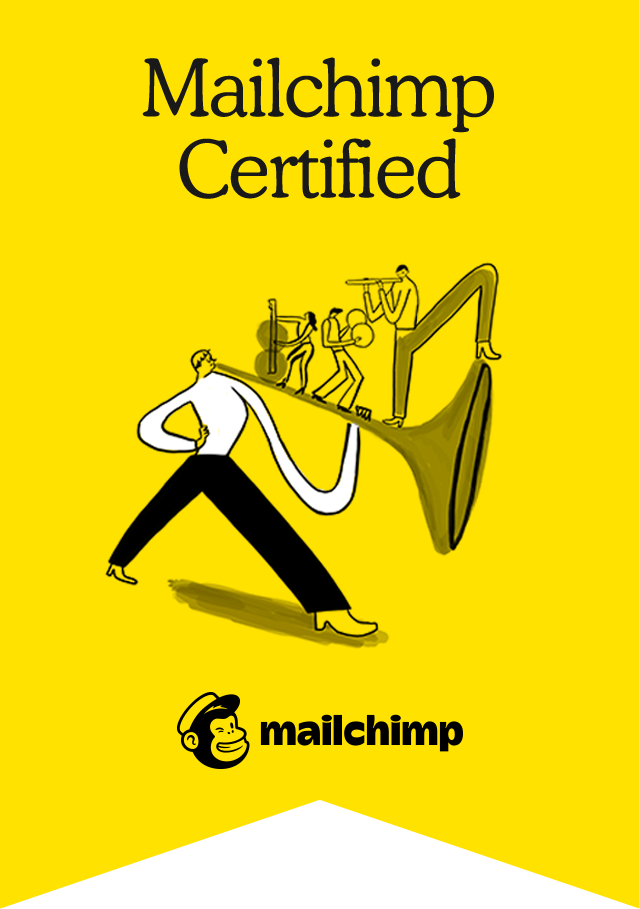
Vibe Coding: The Next Frontier in Software Development?

In software development, a new phrase is gaining traction: vibe coding. Unlike traditional coding, where developers write every line themselves, vibe coding is about using AI — particularly large language models (LLMs) — to generate and refine code from plain-English prompts.
Instead of typing out functions, loops, and data structures, developers describe what they want: “Build me an API that connects Xero to our invoicing system”, and the AI produces working code. Developers then refine it with follow-up prompts like “Make sure it retries if the API fails” or “Add logging so I can see errors.”
Why Vibe Coding Matters
Vibe coding isn’t just a novelty, it’s reshaping the economics of software development:
- Lowering barriers – People without years of programming experience can start creating working prototypes.
- Accelerating delivery – Routine boilerplate and integrations can be scaffolded in minutes, not days.
- Democratising innovation – Small businesses can experiment with software ideas that used to require entire teams.
At RODA Technology, we see this as both a huge opportunity and a challenge for businesses.
The Opportunities
For small business owners, vibe coding could:
- Reduce costs – Less time spent on manual coding means smaller development budgets.
- Faster experimentation – You can test ideas before committing big money.
- Empower your team – Non-technical staff can interact with systems more directly.
The Risks
But vibe coding isn’t magic. Like any tool, it comes with trade-offs:
- Fragility – AI-generated code can look correct but hide subtle bugs.
- Maintainability – Without structure and documentation, handovers become painful.
- Over-reliance on prompts – You still need expertise to know what to ask and how to validate the output.
Left unchecked, vibe coding can lead to brittle systems that feel great in the short term but collapse under real-world usage.
Our Take at RODA
We believe vibe coding has a role to play — but it works best when blended with proper engineering practices.
That means:
- Using AI to accelerate builds, not to replace design and review.
- Wrapping generated code in tests, documentation, and monitoring.
- Ensuring there’s a clear handover so you own the knowledge, not just the output.
In other words: the vibes are welcome, but only when grounded in rigour.
The Bottom Line
Vibe coding is a glimpse into the future of software development: faster, more accessible, and more creative. For small businesses, it can open doors that used to be locked behind large budgets.
But the winners will be those who balance AI’s speed with engineering discipline, making sure their systems are stable, maintainable, and truly serve their business goals.
At RODA Technology, that’s exactly what we help our clients do: harness AI where it makes sense, and back it up with the structure to make it last.
👉 If you’re curious about how vibe coding could accelerate your next project, let’s talk. We’ll help you explore it safely and effectively.




